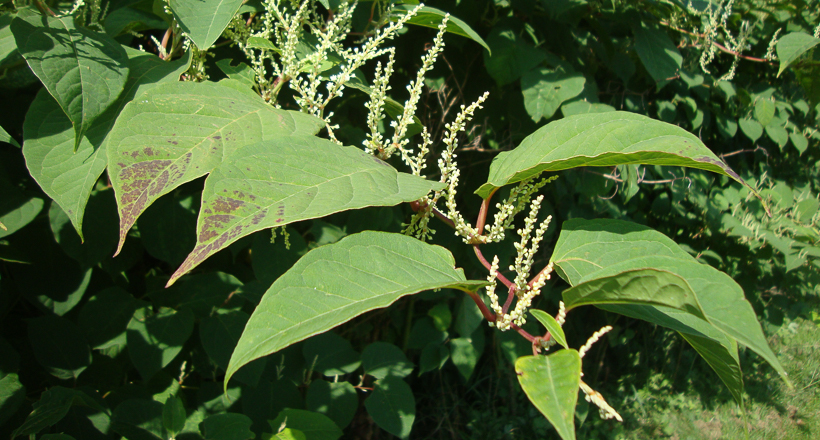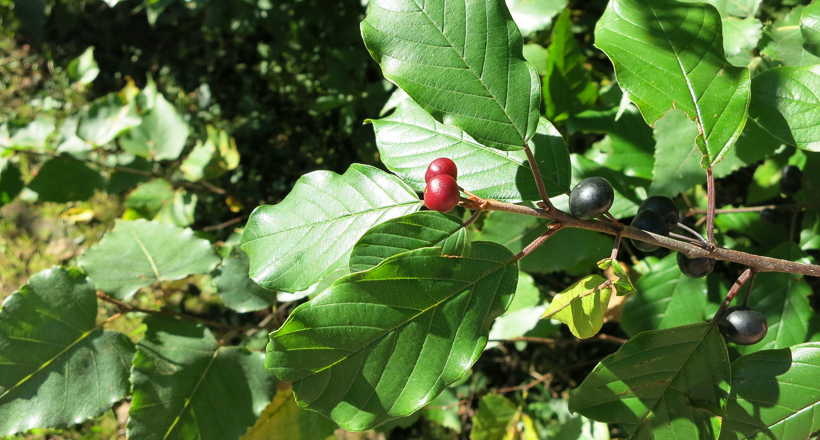Non-native species
Fundy National Park
Invasive plants pose a risk to a balanced ecosystem by working to displace native species. This is why resource conservation staff have made it a priority to monitor and come up with new innovative ways to address invasive plants. A few of our invasive plants monitoring initiatives are: Japanese Knotweed, Reed canary grass, and Woodland Angelica.
The way that we are trying to control Japanese knotweed include: covering it with heavy black landscaping fabric to prevent it from getting sunlight and also 'cooking' it at the same time; stem injections of saline solution to try to kill the plant, roots and foliar spray of saline solution to try to kill the above ground stems. These innovative methods are in the early pilot stages. However, they have slowed the spread of the species.



For Reed canary grass we are also employing some covering methods, as well as digging out small patches. With Woodland angelica we are snipping mature flower heads to prevent it from releasing thousands of seeds. This is thought to be effective because the plant is a biennial (2-year life cycle) and if we remove the seed source we will have fewer and fewer plants each year.
Help us eradicate these species from the park by taking a picture of these plants on your hike and emailing us their location.
Related links
- Date modified :